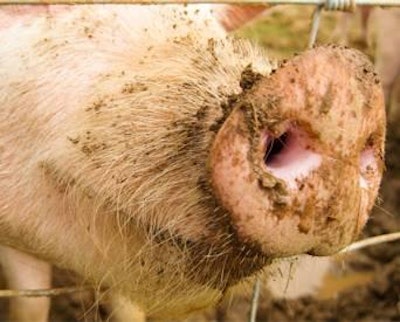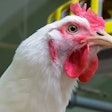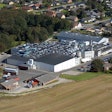
Biosafety is a set of physical and chemical barriers, and management guidelines, that are established in a facility in order to prevent the entry, dissemination and exit of infectious agents that could affect animal health, productivity of the farm or food safety. Biosafety management involves a combination of attitudes, routines, communication and common sense, with the main objective of prevention.
It is known that, economically speaking, prevention is more convenient than medical treatment. It is more advisable to prevent new infections than to treat the animals once they have been infected. This tendency allows the reduction of usage of drugs (antibiotics, etc.) in farms, with obvious beneficial effects on financial outcome.
In order to develop an intelligent biosafety strategy, it is necessary to adapt the basic principles of biosecurity to the specific situation and requirements of each facility, implementing always a simple and effective self-control method. This is a key point as we need to invest only the necessary resources in each case. Usually, the most critical points in terms of biosecurity for pig farms are:
- Isolation of facilities
- Cleaning and disinfection protocols
- Environmental hygiene
- Microbiological quality of feed and water
It is imperative to notice that not all of the biocidal products and work protocols are suited for all farms. In many cases, the production conditions require the utilization of innovative, or even unorthodox, solutions in order to solve a problem in an efficient, ecological and economically feasible way.
Effective treatment
In addition, a critical factor is the implementation of an effective treatment for water disinfection. It should be noted that water takes part of the overall nutrition concept, and, usually, animals drink two times more water than feed. Water with a high microbiological load almost always affects animal health and reduces profitability.
Talking about water disinfection, it is necessary to take into account not only microbial load from origin, but also the risk of biofilm formation in water distribution systems. At the present time, there are many methods for water treatment, but not all of them are capable of removing the biofilm and preventing its reappearance.
Cleaning and disinfection of surfaces, equipment and environment is also a key factor in order to address bacterial infection through increased hygiene. The use of effective, ecological and economically feasible biocidal products and work protocols is a trusted strategy that nowadays is demonstrating a great success. The use of nontoxic disinfectant products that can be applied in the presence of animals may be a promising approach to prevent the infection by microorganisms such as Streptococcus suis, the pathogenic species that produces the main pig streptococcal disease.
Real case scenario
The following real case illustrates the fact that the implementation of an intelligent biosafety strategy may be very profitable. As shown in Table 1, in the farrowing room where a customized biosecurity program was implemented (experimental), the percentage of animals affected by Streptococcus suis was 2.73 percent. However, in the farrowing room where a nonspecific biosecurity strategy was applied (control), the number of affected animals was 22.40 percent.
The economic assessment of resources invested in the biosecurity program, versus antibiotic usage and dead animals, revealed that the development of a customized biosafety strategy was the best solution for this specific farm.


















